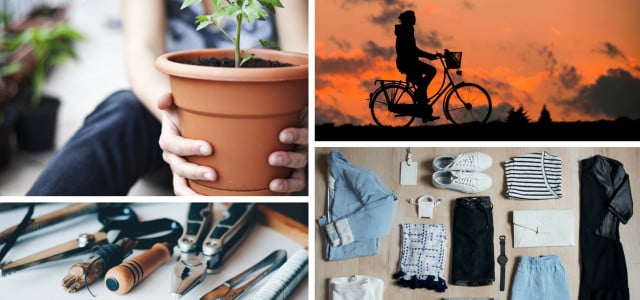Our dependence on readily available goods and services often blinds us to the fact that we can often perform simple tasks or create goods ourselves. These seven tips for how to consume less will help you venture outside the box of consumerism.Buy buy buy — for almost everything we feel we need, we run to the store and purchase brand-new items. But in fact, it’s easy to consume less and be more self-sufficient without having to restrict yourself! A lot of the time, the things you will do instead of just buying are not only more sustainable, but can also make up fun new hobbies, and even help you connect with yourself and others.
We’ll introduce you to seven simple ways to consume less: around the house, in fashion and cosmetics, as well as concerning energy use and food waste.
1. Harvest Your Own Veggies
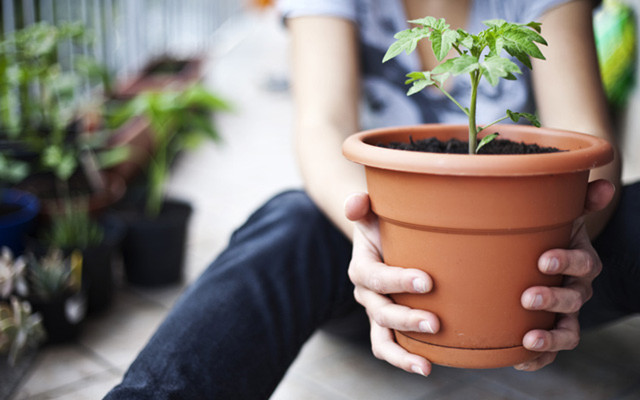
Growing your own food is the easiest way to assert your independence from the food industry. If you have your own backyard, you’re already a step ahead. For those without, all it takes is a bit of creativity for urban dwellers to grow food on their balconies, terraces, or even windowsills. Herbs, tomatoes, strawberries and even potatoes can all be grown in simple pots. Herbs tacks are one of the easiest ways to get into urban gardening as well.
And, of course: Whether you’re growing basil or your own stash of edamame beans, you’ll never want your harvest to go to waste: check out our tips on reusing vegetable scraps. Make the most of what you harvest with creative recipe ideas such as homemade pesto or vegetable broth.
2. How to Consume Less: The Freedom of Cycling



An oldie but a goodie: Ride your bike everywhere and anywhere possible — to work, to the gym or to meet your friends. You’re immediately independent of auto producers, gas prices, public transportation agencies, and even traffic. Plus: You won’t be stuck in an overcrowded subway car or a traffic jam anytime soon. The only way you’re even more independent is when walking on your own two feet.
Whether you’re getting into walking barefoot in nature or mindful walking — check out the 7 benefits of walking you should not miss out on.
3. Let It All Hang Out … to Dry
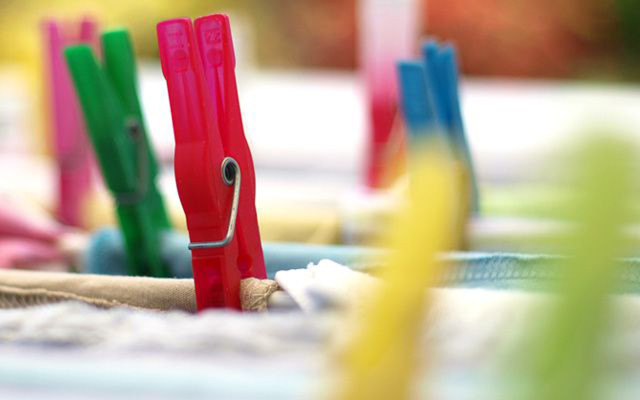


It’s so simple: Hang up your laundry to dry rather than putting it in the dryer. A dryer requires a massive amount of energy and is usually unnecessary. Whether you hang it outdoors or in your house, your laundry will dry on the line by itself, all without requiring a lick of electricity. Check out our guide on drying laundry naturally to get the best results.
4. How to Consume Less: Don’t Toss It, Compost It
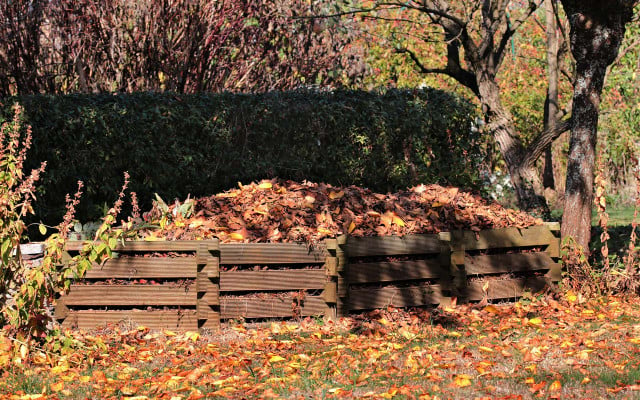


Do yourself and the environment a favor and start a compost pile. Your fruit and veggie waste languishes not in the landfill, but rather can be reused to provide valuable nutrients for your houseplants and garden pots and plots. Keeping a compost pile harnesses valuable energy from our food waste and eliminates the need to carry heavy sacks of dirt for planting. It’s an easy and important step on the path to self-sufficiency.
Whether you already have a compost pile or you’re wondering if you can compost in an urban environment, too — check out our comprehensives guides on the topic:
- How Does Composting Work? The Detailed Guide
- What You Can Compost, What You Can’t — and Why
- How to Compost in an Apartment: 4 Options & Tips
- Cold Composting 101: How to Get Started
Also find out more about composting grass clippings, composting meat, whether you can compost bread, and how to compost leaves so you can decide where to get started.
You can also play your part in stopping food waste in its tracks by storing it correctly at home. Check our guide Storing Food: 7 Easy Tricks to Avoid Food Waste for helpful tips and tricks on how to reduce your impact on the environment and control your consumption.
5. Do It Yourself
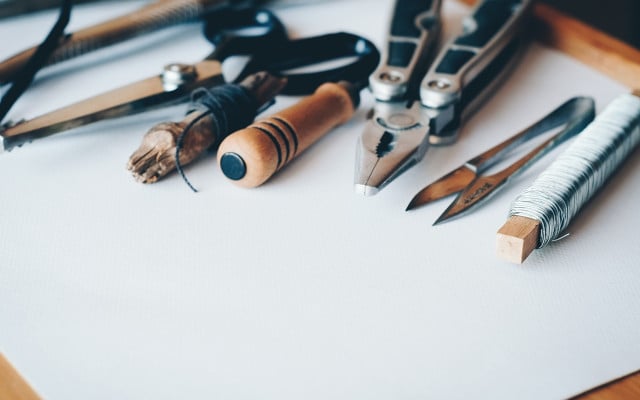


Patching, mending, gluing, sanding, screwing, painting — repairing items is not as difficult as we think. And it’s totally green, because it prevents waste and saves natural resources. Finally, you are more independent of consumer drives when you make do with what you have rather than buy a new replacement.
Also interesting: What Is Upcycling and How Is It Different From Recycling?
If you need help in your handiwork, always check YouTube for a variety of professional and amateur repair videos; if you need further assistance, look for a repair cafe in your area.
Tip: check out our guide on visible mending for a fashionable take on fixing your clothes.
And even when things aren’t broken, there’s so much that you can easily DIY — just check out our guides on DIY hand warmers or DIY door draft stoppers for the colder months, or homemade cosmetics like a DIY conditioner or a DIY body butter.
More into (indoor) gardening? Learn how to DIY a tiki torch or make your own moss pole.
6. How to Consume Less: Make your own Cleaning Supplies
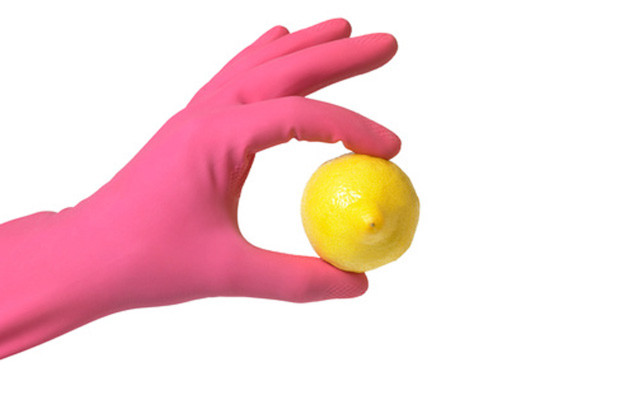


Most industrially produced cleaners contain ingredients that are harmful to us and to the environment. And for what, when basic household items do the job just as well? Vinegar and citric acid fight lime scale, baking soda counteracts grease und unclogs your drain, and potato peels add luster and shine.
Your oven needs thorough cleaning after some heavy-duty baking, or it’s time to give those windows a scrub-down? Here’s the good news: You don’t need professional-grade chemical cleaning foams and sprays to get either looking shiny again. Give these a try instead: Homemade Oven Cleaner: 3 DIY Methods Better Than Chemical Cleaners and Homemade Window Cleaner: DIY Glass Cleaner for a Streak-free Shine.
Of course, we’ve got you covered for heaps of other cleaning needs as well:
- DIY Upholstery Cleaner
- Homemade Yoga Mat Cleaner
- Homemade Eyeglass Cleaner
- The Best DIY Stainless Steel Cleaner and, most importantly, the
- Homemade All-Purpose Cleaner
7. Take your Wardrobe Into Your Own Hands
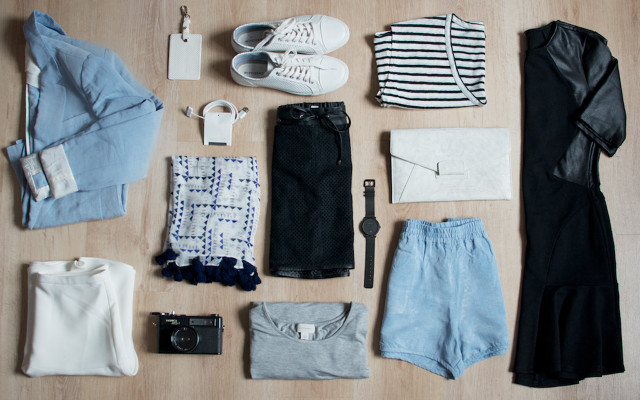


Sewing, knitting, and crocheting are the hobbies of the moment. If you’re patient and have access to a sewing machine, you’re already on your way to independence from the fashion industry. Clothing you produce yourself can immunize you against trend thinking and allow you to make style choices that are totally about you: your shape, your coloring, your taste, and your comfort.
We’ve got you covered on how to make simple basics yourself, like three ways to make a crop top, or easy thrift flips for summer. For the colder months, check out how to knit a beanie yourself.
Another splendid way to pinpoint your precise style and taste in clothing is adopting a minimalist wardrobe. This involves taking inventory of the clothes you own, weeding out your most fashionable and combinable favorites and sticking to these.
The rest are passed on and given a second life somewhere else — either at the local flea market or in your cleaning door: That old t-shirt you hardly ever wore is sure to make for a great new dust rag. For things that are still good to wear, check out the best places to sell second-hand clothing online, or donate them.
Creating your own minimalist wardrobe will lead you to consume less and to be more aware of what you buy. Plus: No more closet-clearing searches for the perfect outfit in the morning.
If you ever do need a certain outfit for a special occasion that you just can’t create from your capsule wardrobe, you can get something from a sustainable place to rent clothing online.
Read more:
- Water Conservation: 10 Tips on How to Save Water at Home
- Life without Plastic: Easy Tips for Everyone
- Dry Shampoo DIY: Homemade Shampoo using Natural Ingredients
This article was translated from German into English. You can view the original here: Stoppt den Konsumwahn!
** Links to retailers marked with ** or underlined orange are partially partner links: If you buy here, you actively support Utopia.org, because we will receive a small part of the sales proceeds. More info.Do you like this post?






